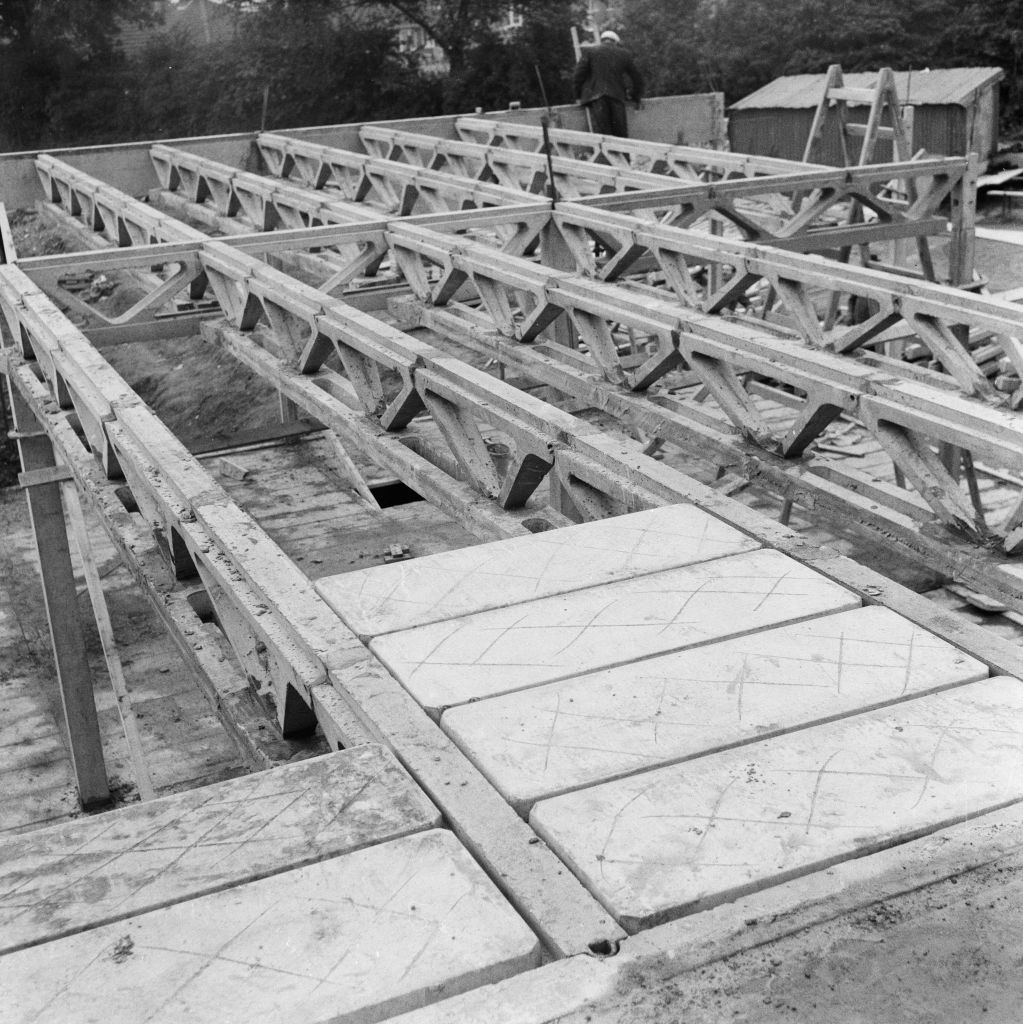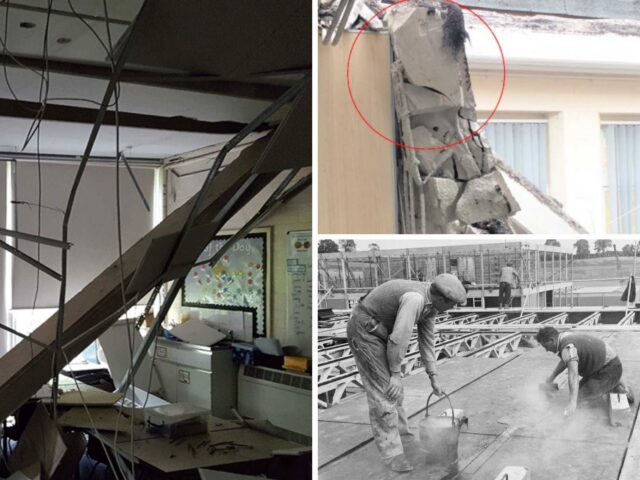Over 100 schools across England have been ordered to close because they were built in the 20th century with materials that are suddenly catastrophically failing, with potentially fatal consequences.
Traditionalists know certain materials and techniques have persisted through the ages because they have been proven effective and reliable, but a rush for progress in the 20th century saw new techniques and wonder materials that were thought to be cheaper and easier to work with substituted instead. One consequence of this brave new world of architecture is the now better-understood limited lifespan and intrinsic weaknesses of certain types of concrete, which is believed to be present in hundreds of schools in the United Kingdom.
The British government ordered 104 schools to close on Thursday — just days before children are due to go back for a new academic year — over the risk that their buildings may suddenly collapse. These are buildings that have been identified as having roofs made out of slabs of reinforced autoclaved aerated concrete (RAAC), a novel building material that was widely used in new flat-roof government buildings between the 1960s and 1990s.
Unlike conventional concrete which is typically cast in situ, RAAC was factory-produced, using chemical reactions to form tiny air bubbles inside the form, making the material much lighter and cheaper. While this also made the slabs much weaker, steel reinforcing bars allowed the product to function as intended.

County High School, Gedling Road, Arnold, Gedling, Nottinghamshire, 30/08/1958. Concrete blocks set between ‘Laingspan’ beams to form the floor surface of an upper storey at Arnold County High School. Work began on the site in March 1958 and construction was completed for the new school term in September 1959. ‘Laingspan’ was a flexible modular system of frame construction using precast pre-stressed concrete units. Laing developed the system in conjunction with the Architects and Buildings Branch of the Ministry of Education and consulting engineer AJ Harris. The Arnold school was the first building for which the system was used beyond a prototype extension to Laing’s own Research and Development Centre. Designed to economise on steel consumption and minimise on ‘wet trades’ to speed up construction, the system went on to be used for other building types including offices and hospitals. Artist John Laing plc. (Photo by Historic England/Heritage Images via Getty Images)
What was little understood then, however, was the degree to which water was able to penetrate the material and erode the steel inside, eventually causing the roofing to fail and collapse on the building below. As a 2019 report into the problem by the Standing Committee on Structural Safety (SCOSS) notes, this problem was first identified in the 1990s and a Kent primary (elementary) school collapsed in 2018.
Fortunately, the school’s roof fell down at the weekend, and there was nobody inside. But as SCOSS reported, “In structural safety terms it was a near miss” and said had the school not been empty, “the consequences could have been more severe, possibly resulting in injuries or fatalities”.
Part of the problem identified by SCOSS is that concrete planks that do not otherwise appear to be failing can hide advanced decomposition at their core.
The 104 schools ordered to put mitigations in place today join a further 52 already so ordered. While for some this could mean total closure, or sealing off particular buildings or rooms impacted, for others a temporary fix could be achieved by inserting columns underneath roofs to reduce the total span and relieve stress on the concrete, the government said.
Nevertheless, potentially thousands of pupils may be reduced to remote learning, pandemic style, or to classrooms relocated to local village halls and other venues.
The order to close the 1960s-1990s era schools has been played for political effect in Westminster, with opposition parties saying the move underlines the Conservatives’ failure to invest in education. The Times reports Labour said the government should have acted sooner, and that shadow education secretary Bridget Phillipson said: “This is an absolutely staggering display of Tory incompetence as they start a fresh term by failing our children again.
“Dozens of England’s schools are at risk of collapse with just days before children crowd their corridors. Ministers have been content to let this chaos continue for far too long.”
The government, on the other hand, said they were acting properly to protect the safety of children and teachers. Gillian Keegan, the Education Secretary, said: “Nothing is more important than making sure children and staff are safe in schools and colleges, which is why we are acting on new evidence about RAAC now, ahead of the start of term.
“We must take a cautious approach because that is the right thing to do for both pupils and staff. The plan we have set out will minimise the impact on pupil learning and provide schools with the right funding and support they need to put mitigations in place to deal with RAAC”.
Despite the furore surrounding the order issued on Thursday, as of Friday morning many parents had not yet been informed whether their children’s school was among those impacted, reported the Daily Telegraph. A further compounding factor is the government does not know exactly how many schools actually have RAAC in their fabric, as there is no central register of such buildings and identifying them has relied on schools self-assessing their own buildings in response to a government questionnaire, but it is believed hundreds of schools could be impacted in some way.
The government has blamed the sudden move to close impacted schools now on those surveys, which it says saw a series of RAAC cases being revealed over the summer, forcing them to act. Minister Nick Gibb said Friday morning that the decision could not have been taken any sooner, and that: “We took the decision as soon as the evidence emerged, we were proactively seeking that evidence, unlike any other government around the world. We take this issue very seriously.
“As that evidence emerged, we discussed it with experts. We worked out what the consequences would be for schools. This happened in the summer. It could have happened in the coming November. It could have happened during term time. It just so happened that it happened over this summer.”

COMMENTS
Please let us know if you're having issues with commenting.